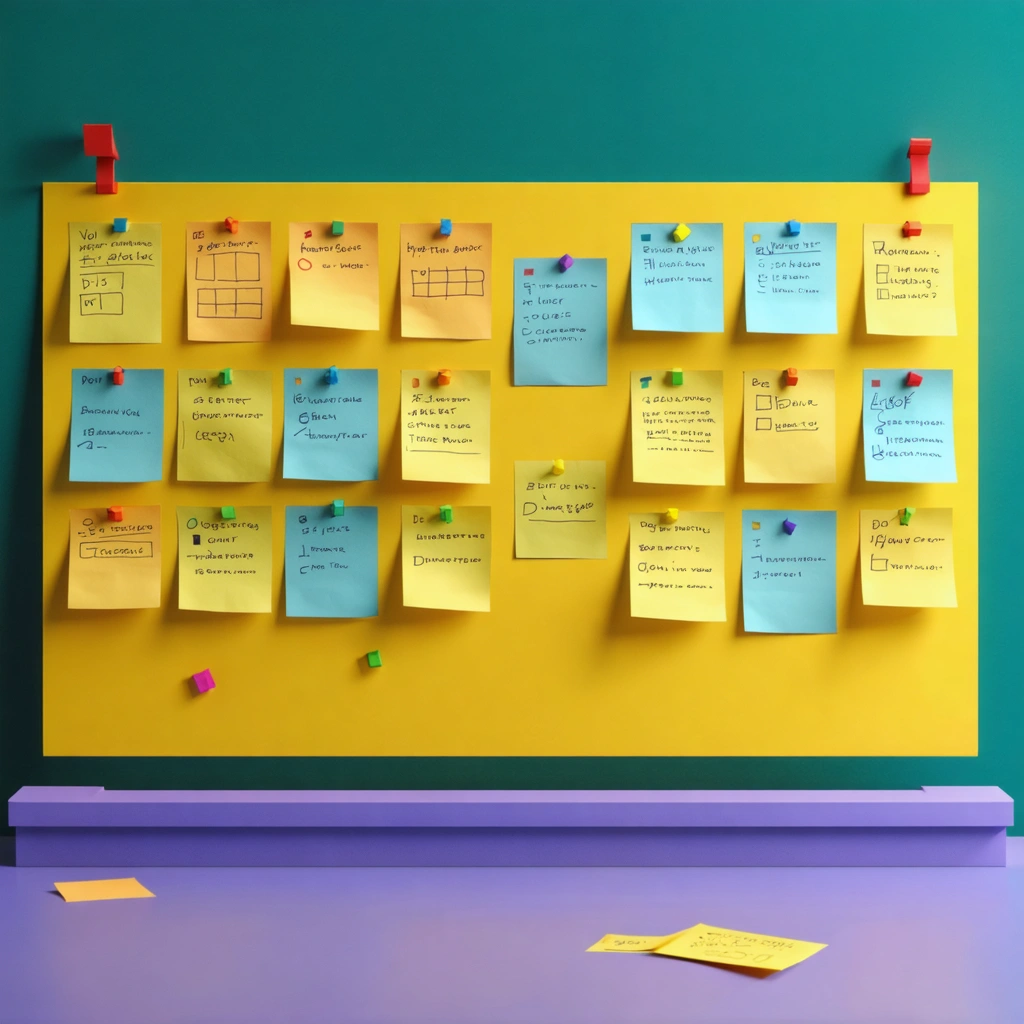
What is a Kanban Board
A kanban board is a visual tool that tracks task progression through different stages. A simple kanban board might have columns labeled “To Do,” “Doing,” and “Done.” Tasks are represented by “cards” that move from one column to the next as they progress. This straightforward setup creates an overview of each task’s status and helps ensure that all tasks are accounted for.
Customization and Adaptability
Kanban boards can be customized to fit the needs of a practice, or practice areas within a firm. A basic board might include columns for “Intake,” “Information Gathering,” “Drafting,” “Review,” and “Completed.” By moving tasks through these columns, lawyers can track the progress of each matter.
Practical Applications
Kanban boards highlight workflow bottlenecks. If tasks pile up in a particular column, it may indicate an issue worth addressing.
Managing Deadlines and Priorities
Kanban boards also manage deadlines and priorities. You can assign tasks due dates and color-coding to indicate their priority. For example, high-priority tasks might be marked in red, medium-priority tasks in yellow, and low-priority tasks in green.
Collaboration and Customization
A shared kanban board allows everyone to see the status of tasks and who is responsible for each one. For example, one team member might be assigned a task in the “Drafting” column, while another is responsible for a task in the “Review” column.
Choosing the Right Tool
Kanban software vendors range from “kanban first” programs (e.g., Trello) to traditional task management software within “kanban views” (e.g., Todoist). It’s a competitive market and each program offers unique features and integrations.
Conclusion
With their visual representation of tasks, managing deadlines, and facilitating teamwork kanban boards improve your law firm’s efficiency and organization. Incorporating kanban boards into your practice can help ensure that nothing falls through the cracks.




